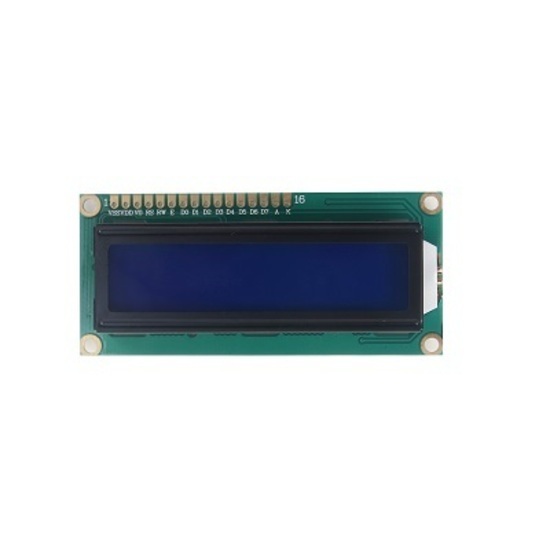

The chip comes with a built-in font, as well as the ability to define up to 8 custom characters. The LCD1602 uses the Hitachi HD44780 LCD Controller chip. The following example uses pin numbers that match the table above: When you initialize the LiquidCrystal library in your code, you need to pass the pin numbers to the constructor. Need a current-limiting resistor, but you may skip it in the simulation environment.

Otherwise, connect it to the supply voltage. ‡ If you need to control the backlight, connect the anode to an I/O pin. † Normally, you'd configure the chip in 4-bit parallel mode, which means you only need to connect RS, E, D4, D5, D6, and D7 pins to Arduino.
Lcd 1602 update#
You need can use any digital/analog pin, but make sure to update the code accordingly! * These are just example pin numbers, they are not mandatory. Normally, you wouldn't have to worry about this as the LiquidCrystal_I2C library takes care of the communication with the chip. Note: The I2C configuration simulates a PCF8574T chip that controls the LCD module. You can change the address by setting the i2cAddress attribute. The default I2C address of the LCD1602 module is 0x27.

Set it to "i2c" for the I2C configuration, or "full" for the standard configuration (the default). You can select the desired configuration by setting the pins attribute. * Controlling the backlight requires another I/O pin. The following table summarizes the key differences: Property The I2C configuration is usually simpler to use. The LCD1602 comes in 2 possible configurations: I2C configuration and standard configuration. An LCD with 2 lines, 16 characters per line.


 0 kommentar(er)
0 kommentar(er)
